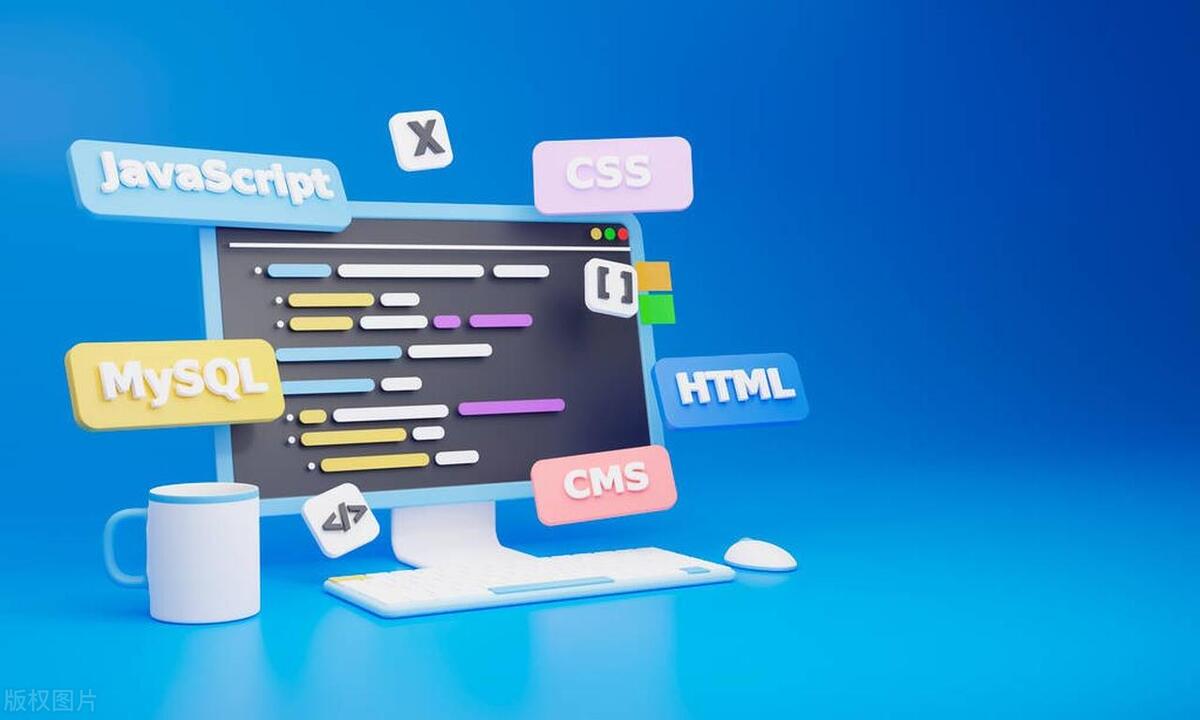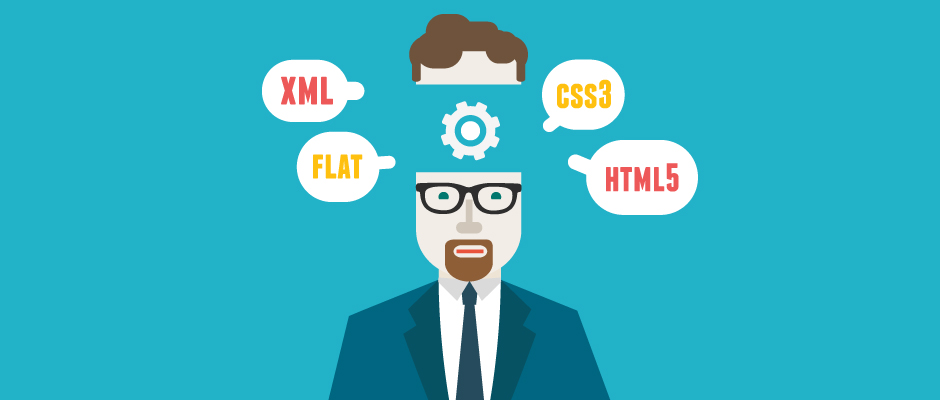To use custom HTML tags, it can be implemented through Web Components, at the core of which are Custom Elements, with Shadow DOM and HTML Templates. 1. Definition of Custom Element requires inheriting HTMLElement and registering with customElements.define(). The tag name must contain a short horizontal line and cannot be defined repeatedly; 2. The life cycle includes connectedCallback (insert page), disconnectedCallback (removal page), attributeChangedCallback (attribute change), etc., which can be used to respond to component status; 3. Use slot to pass in content and styles, and implement structure and style encapsulation through template references to maintain component flexibility and maintainability.

When you want to use custom HTML tags on your web pages, but don't want to rely on frameworks, Web Components is a good choice. It is natively supported, does not require additional libraries, and can be used in any project. The core is Custom Elements, which works better with Shadow DOM and HTML Templates.

Here are a few key points you may care about to help you get started quickly.
How to define a Custom Element
Custom Element is a class that inherits HTMLElement , and then registers it as a tag name through customElements.define() .

For example:
class MyCard extends HTMLElement {
constructor() {
super();
this.attachShadow({ mode: 'open' });
this.shadowRoot.innerHTML = `<div>This is a card</div>`;
}
}
customElements.define('my-card', MyCard);Then it can be used directly in HTML:

<my-card></my-card>
A few notes:
- The tag name must contain a short horizontal line (kebab-case), such as
my-card, notcard - An element can only be bound once, repeating the definition will report an error
- The DOM attribute cannot be operated in the constructor, and you need to use
connectedCallback
How to use life cycle callback
Custom Element provides several lifecycle methods to respond to different states of components. Commonly used are:
-
connectedCallback: Triggered when an element is inserted into the page -
disconnectedCallback: fired when the element is removed -
attributeChangedCallback(attrName, oldVal, newVal): triggered when the attribute changes -
adoptedCallback: Triggered when an element is moved to a new document (use less)
For example, if you want to listen for a change in a certain attribute to update the content:
class MyCard extends HTMLElement {
static get observedAttributes() {
return ['title'];
}
attributeChangedCallback(name, oldValue, newValue) {
if (name === 'title') {
this.shadowRoot.querySelector('h1').textContent = newValue;
}
}
connectedCallback() {
const title = this.getAttribute('title') || 'Default title';
this.shadowRoot.innerHTML = `<h1>${title}</h1><div>Content Area</div>`;
}
} After writing this way, as long as you change the title attribute in HTML, the component can be automatically updated.
How to transfer content and styles into
If you want components to accept internal content instead of rendering them all in innerHTML, use <slot> .
for example:
<template id="card-template">
<style>
.container {
border: 1px solid #ccc;
padding: 1em;
}
</style>
<div class="container">
<h1><slot name="title">Default title</slot></h1>
<div><slot>Default content</slot></div>
</div>
</template>Then refer to this template in JS:
const template = document.getElementById('card-template');
class MyStyledCard extends HTMLElement {
constructor() {
super();
this.attachShadow({ mode: 'open' }).appendChild(template.content.cloneNode(true));
}
}
customElements.define('my-styled-card', MyStyledCard);How to use:
<my-styled-card> <span slot="title">My title</span> <p>This is the main content</p> </my-styled-card>
This method allows you to more flexible control of content structure and style while maintaining encapsulation.
Basically that's it. Custom Elements looks simple, but when used properly, you need to understand the details of life cycle, property listening, and Shadow DOM. You can start with a small feature, such as encapsulating a button or prompt box, and slowly expanding it into a component library.
The above is the detailed content of Building Custom Elements with Web Components. For more information, please follow other related articles on the PHP Chinese website!

Hot AI Tools

Undress AI Tool
Undress images for free

Undresser.AI Undress
AI-powered app for creating realistic nude photos

AI Clothes Remover
Online AI tool for removing clothes from photos.

Clothoff.io
AI clothes remover

Video Face Swap
Swap faces in any video effortlessly with our completely free AI face swap tool!

Hot Article

Hot Tools

Notepad++7.3.1
Easy-to-use and free code editor

SublimeText3 Chinese version
Chinese version, very easy to use

Zend Studio 13.0.1
Powerful PHP integrated development environment

Dreamweaver CS6
Visual web development tools

SublimeText3 Mac version
God-level code editing software (SublimeText3)
 How does React handle focus management and accessibility?
Jul 08, 2025 am 02:34 AM
How does React handle focus management and accessibility?
Jul 08, 2025 am 02:34 AM
React itself does not directly manage focus or accessibility, but provides tools to effectively deal with these issues. 1. Use Refs to programmatically manage focus, such as setting element focus through useRef; 2. Use ARIA attributes to improve accessibility, such as defining the structure and state of tab components; 3. Pay attention to keyboard navigation to ensure that the focus logic in components such as modal boxes is clear; 4. Try to use native HTML elements to reduce the workload and error risk of custom implementation; 5. React assists accessibility by controlling the DOM and adding ARIA attributes, but the correct use still depends on developers.
 A Deep Dive into WebAssembly (WASM) for Front-End Developers
Jul 27, 2025 am 12:32 AM
A Deep Dive into WebAssembly (WASM) for Front-End Developers
Jul 27, 2025 am 12:32 AM
WebAssembly(WASM)isagame-changerforfront-enddevelopersseekinghigh-performancewebapplications.1.WASMisabinaryinstructionformatthatrunsatnear-nativespeed,enablinglanguageslikeRust,C ,andGotoexecuteinthebrowser.2.ItcomplementsJavaScriptratherthanreplac
 Server-Side Rendering with Next.js Explained
Jul 23, 2025 am 01:39 AM
Server-Side Rendering with Next.js Explained
Jul 23, 2025 am 01:39 AM
Server-siderendering(SSR)inNext.jsgeneratesHTMLontheserverforeachrequest,improvingperformanceandSEO.1.SSRisidealfordynamiccontentthatchangesfrequently,suchasuserdashboards.2.ItusesgetServerSidePropstofetchdataperrequestandpassittothecomponent.3.UseSS
 How to manage component state using immutable updates in React?
Jul 10, 2025 pm 12:57 PM
How to manage component state using immutable updates in React?
Jul 10, 2025 pm 12:57 PM
Immutable updates are crucial in React because it ensures that state changes can be detected correctly, triggering component re-rendering and avoiding side effects. Directly modifying state, such as push or assignment, will cause React to be unable to detect changes. The correct way to do this is to create new objects instead of old objects, such as updating an array or object using the expand operator. For nested structures, you need to copy layer by layer and modify only the target part, such as using multiple expansion operators to deal with deep attributes. Common operations include updating array elements with maps, deleting elements with filters, adding elements with slices or expansion. Tool libraries such as Immer can simplify the process, allowing "seemingly" to modify the original state but generate new copies, but increase project complexity. Key tips include each
 Security Headers for Frontend Applications
Jul 18, 2025 am 03:30 AM
Security Headers for Frontend Applications
Jul 18, 2025 am 03:30 AM
Front-end applications should set security headers to improve security, including: 1. Configure basic security headers such as CSP to prevent XSS, X-Content-Type-Options to prevent MIME guessing, X-Frame-Options to prevent click hijacking, X-XSS-Protection to disable old filters, HSTS to force HTTPS; 2. CSP settings should avoid using unsafe-inline and unsafe-eval, use nonce or hash and enable reporting mode testing; 3. HTTPS-related headers include HSTS automatic upgrade request and Referrer-Policy to control Referer; 4. Other recommended headers such as Permis
 What are custom data attributes (data-*)?
Jul 10, 2025 pm 01:27 PM
What are custom data attributes (data-*)?
Jul 10, 2025 pm 01:27 PM
The data-* attribute is used in HTML to store additional data, and its advantages include that the data is closely related to elements and comply with HTML5 standards. 1. When using it, name it starts with data-, such as data-product-id; 2. It can be accessed through JavaScript's getAttribute or dataset; 3. Best practices include avoiding sensitive information, reasonable naming, paying attention to performance and not replacing state management.
 Applying CSS Styles to Scalable Vector Graphics (SVG)
Jul 10, 2025 am 11:47 AM
Applying CSS Styles to Scalable Vector Graphics (SVG)
Jul 10, 2025 am 11:47 AM
To style SVGs using CSS, you first need to embed SVGs inline into HTML for fine control. 1. Inline SVG allows its internal elements such as or to be directly selected through CSS and to apply styles, while external SVG only supports global styles such as width and height or filters. 2. Use regular CSS syntax such as .class:hover to achieve interactive effects, but use fill instead of color to control the color, and use stroke and stroke-width to control the outline. 3. Use class names to organize styles to avoid duplication and pay attention to naming conflicts and scope management. 4. The SVG style may be inherited from the page, and can be reset through svg*{fill:none;stroke:none;} to avoid
 How to add a favicon to a website?
Jul 09, 2025 am 02:21 AM
How to add a favicon to a website?
Jul 09, 2025 am 02:21 AM
Adding website Favicon requires preparing icon files, placing the correct path and quoting them. 1. Prepare multi-size .ico or .png icons, which can be generated by online tools; 2. Put favicon.ico in the website root directory; 3. If you need to customize the path or support more devices, you need to add a link tag reference in the HTMLhead; 4. Clear the cache or use the tool to check whether it is effective.






